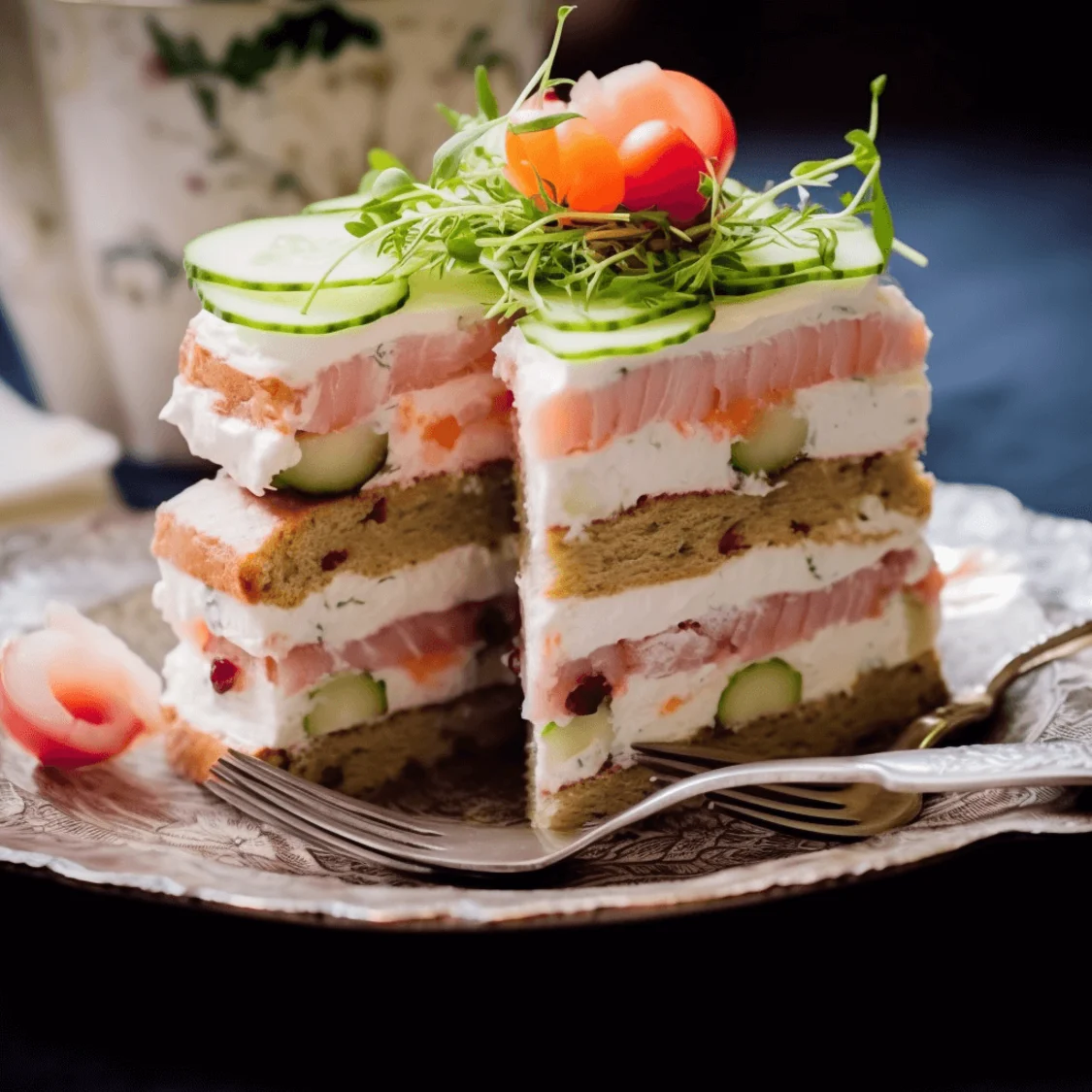
Smörgås
Traditional open-faced Swedish sandwiches with various toppings.
Ingredients
- •Dark rye bread
- •Butter
- •Cold cuts
- •Cheese
- •Cucumber
- •Tomatoes
- •Hard-boiled eggs
- •Pickled herring
- •Fresh herbs
Instructions
Butter Bread
Spread butter on bread slices
Add Base
Layer with main protein component
Add Vegetables
Add fresh vegetables and garnishes
Garnish
Finish with herbs and decorative touches
Smörgås, the quintessential Swedish open-faced sandwich, is more than just a simple meal - it's an art form that reflects the Swedish approach to food: simple, beautiful, and delicious. These carefully crafted sandwiches start with a slice of bread (often dark rye or whole grain) generously buttered - in fact, the word 'smörgås' literally translates to 'butter goose,' though the modern meaning refers to the sandwich itself.
The history of smörgås is deeply intertwined with the development of smörgåsbord, the famous Swedish buffet. In the 16th century, the Swedish upper class would serve a selection of buttered bread with various toppings as an appetizer table. Over time, these open-faced sandwiches became a staple of everyday Swedish life, perfect for breakfast, lunch, or a light dinner.
Creating the perfect smörgås is all about layering and balance. It begins with quality bread, preferably slightly sturdy to support the toppings. The bread is always buttered - this isn't just for taste, but also creates a moisture barrier that prevents the bread from becoming soggy. Toppings are thoughtfully arranged, considering both taste and visual appeal. Common combinations include sliced hard-boiled eggs with caviar spread, cured salmon with dill and mustard sauce, or pickled herring with red onion and sour cream.
While traditional combinations are beloved, modern smörgås makers often get creative with their toppings. Avocado, hummus, or various vegetarian spreads have become popular alternatives. Some people experiment with different types of bread, including gluten-free options, though purists might argue that a true smörgås requires traditional Swedish bread.
In Sweden, smörgås is an integral part of daily life, often enjoyed during breakfast or as part of the afternoon fika (coffee break). It's also a common sight at business meetings, casual gatherings, and even formal events. The key to serving smörgås is presentation - toppings should be neatly arranged and garnished with fresh herbs or vegetables for both flavor and visual appeal.
From a nutritional perspective, smörgås can be quite healthy, depending on the toppings chosen. The dark bread commonly used is rich in fiber and nutrients, while toppings like fish provide omega-3 fatty acids and protein. A typical smörgås ranges from 200-400 calories, making it a reasonable choice for a light meal. However, those watching their sodium intake should be mindful of toppings like cured meats or pickled fish. For those with dietary restrictions, the open-faced nature of smörgås makes it easy to customize - though traditional versions usually contain gluten (in the bread) and dairy (in the butter).
